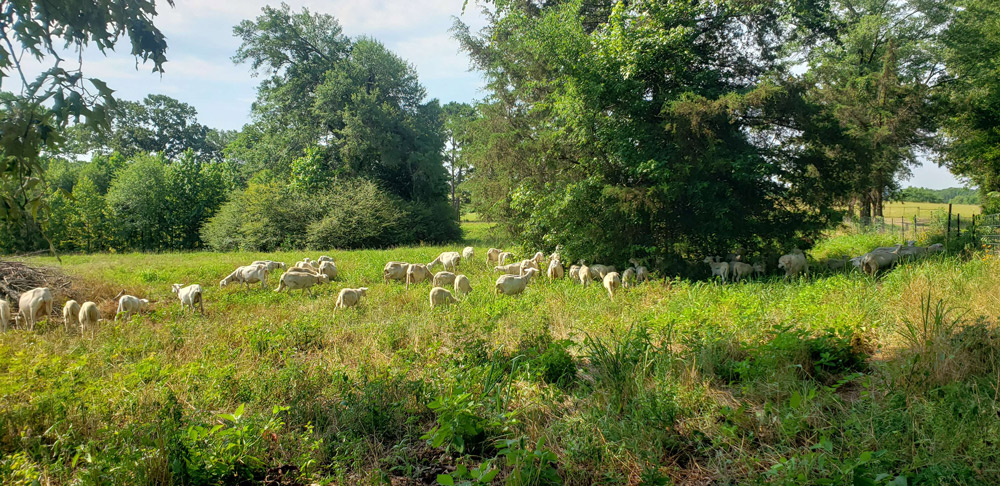I keep about 70 sheep year-round and that number often grows to 120 when lambs are born. Sadly, about 10% of the lambs die of natural causes in their first few months. Over the years, I’ve run out of places to bury them, so I began burning them. This necessity led me to explore creating BioChar or what’s also known as Terra Preta. I’ve been doing it consistently for a few years with incredible results..
————————-
This is the method:
I use a 50-gallon metal drum as a burn barrel for this process (poke holes in the bottom and sides of the barrel to allow air to circulate)
-
This barrel is important because its going to trap the heat.
Instead of thinking about “burning” the material, think about BAKING the material [ for 18-36 hours >500 degrees Fahrenheit]
*How long you keep feeding the fire depends on how big of a thing you’re burning – for one of my lambs it takes about 18 hours of feeding the fire.
Video Idea: If you were to find a road killed deer or any dead organic matter on the side of the road – this will work – for a full grown deer I’d say keep the fire going for 24 to 36 hours (no need to gut any animal)
———————————-
I mix in 2-3 Cups of Biochar / Gallon of aggregate soil – each plant gets about 2-3 cups .. It equals out to about 200 plants per burning – I now have too much of it because I’ve been reusing the same soil for 3 years and haven’t added ANYTHING to the soil.
I’ve never grown plants this big, and I’m an average plant grower on a good day.
Let me know if you have any questions.
Best,
Cliff Stephens


5 comments
we need a video of this process :)
I agree! He is going to send more pictures of the process: stay tuned.
So he’using this as an amendment for soil or using it straight up as soil? It says the best soil you can make essentially but also says use 2-3cups biochar(actual biochar from just wood or this soil made of the animal?) per gallon of aggregate soil. Kinda confused on that. Either way I’m sure it’s some great stuff. I’d definitely try it.
Terra Preta is a meme. There is nothing special about it, and no reason to try to recreate it. None of the anthropologists who made up the myths about it ever tested it at all, they just declared it “the most fertile soil ever” based on nothing. Subsequently agronomists tested it, and found it produced substantially lower yields than either the Ukrainian chernozem or the organic no-till farm soils they compared it to.
I would be happy to read more on this.
However, how does it compare to the dead, eroded clay the natives started with?
Comments are closed.